Optical interferometry has been a long-proven science method that involves using several separate telescopes to act as one big telescope, thus achieving more accurate data as opposed to each telescope working individually. However, the Earth’s chaotic atmosphere often makes achieving ground-based science difficult, but what if we could do it on the Moon? This is what a recent study presented at the SPIE Astronomical Telescopes + Instrumentation 2024 hopes to address as a team of researchers propose MoonLITE (Lunar InTerferometry Explorer) as part of the NASA Astrophysics Pioneers program. This also comes after this same team of researchers recently proposed the Big Fringe Telescope (BFT), which is a 2.2-kilometer interferometer telescope to be built on the Earth with the goal of observing bright stars.
Continue reading “Studying Stars from the Lunar Surface with MoonLITE, Courtesy of NASA’s Commercial Lunar Payload Services”Studying Stars from the Lunar Surface with MoonLITE, Courtesy of NASA’s Commercial Lunar Payload Services




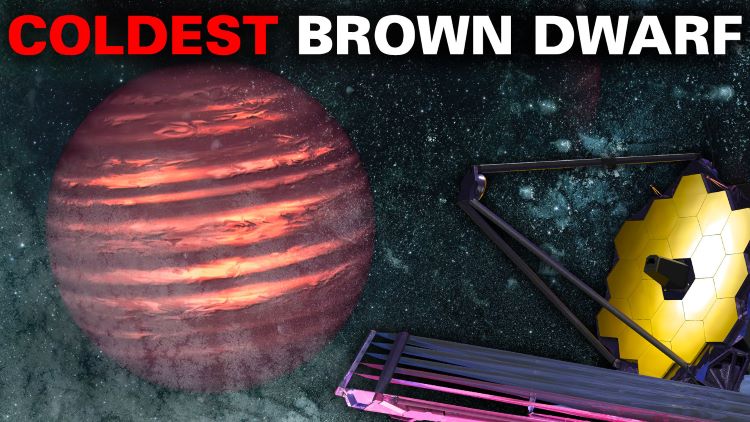
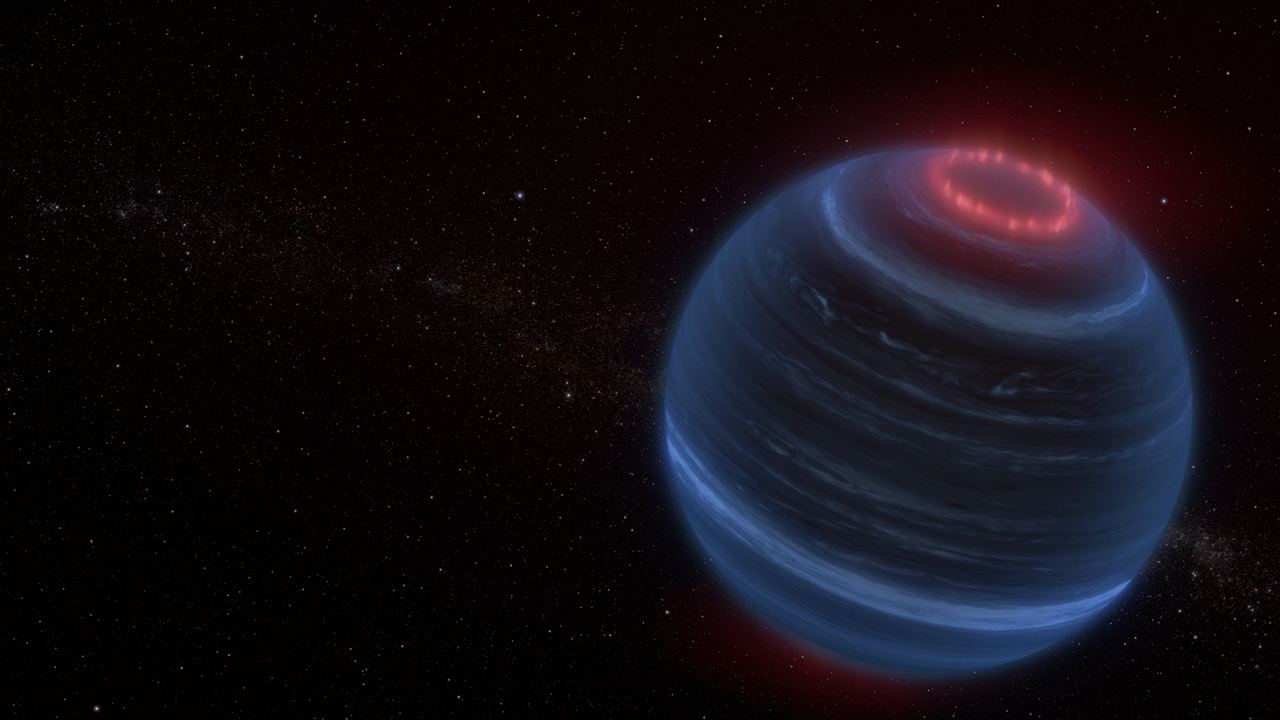
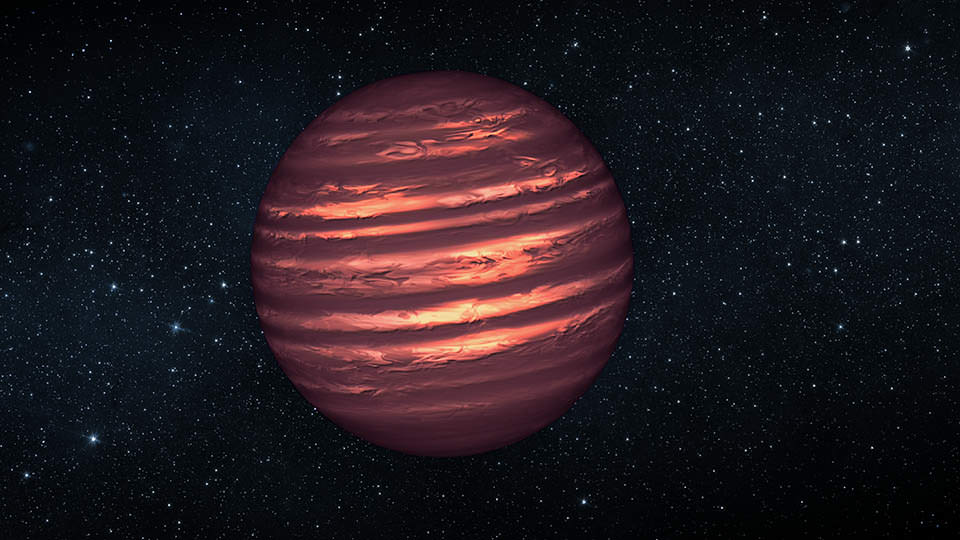
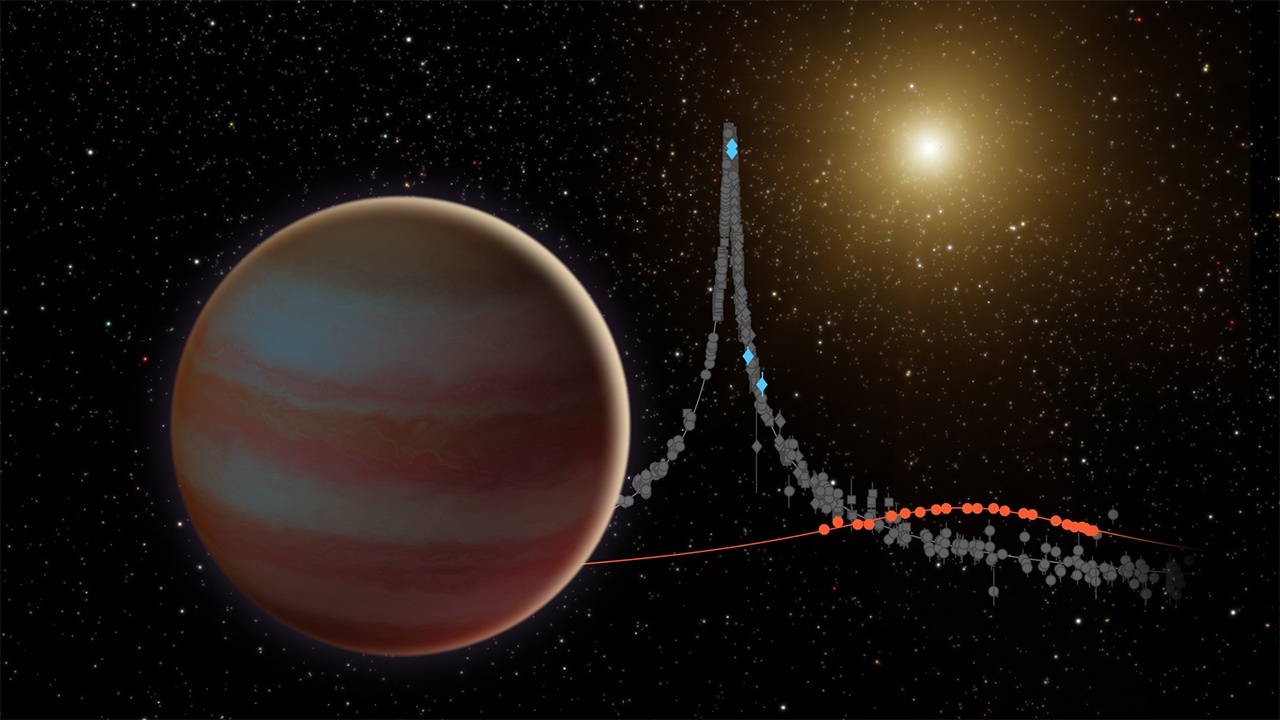
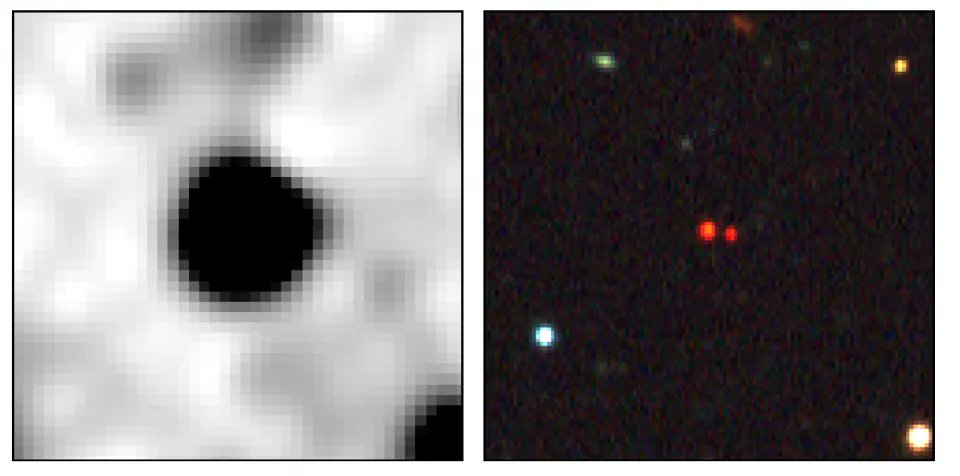

![An artist's conception of a brown dwarf. A new study identifies CK Vulpeculae as the remnant of a collison between a brown dwarf and a white dwarf. Image: By NASA/JPL-Caltech (http://planetquest.jpl.nasa.gov/image/114) [Public domain], via Wikimedia Commons](https://www.universetoday.com/wp-content/uploads/2018/10/Artist’s_conception_of_a_brown_dwarf_like_2MASSJ22282889-431026-2000x1200.jpg)